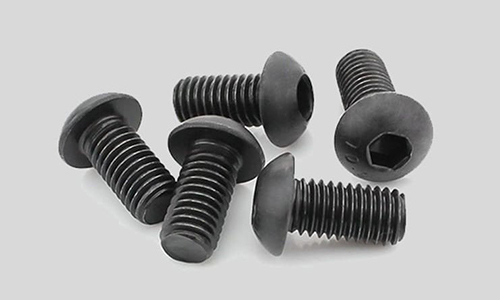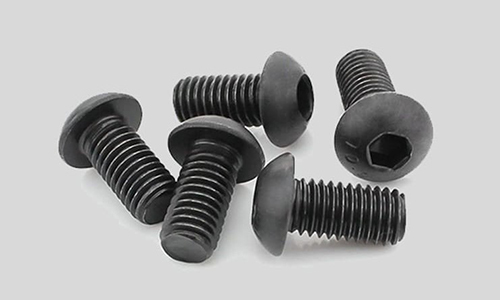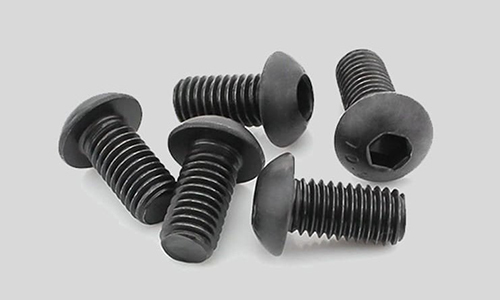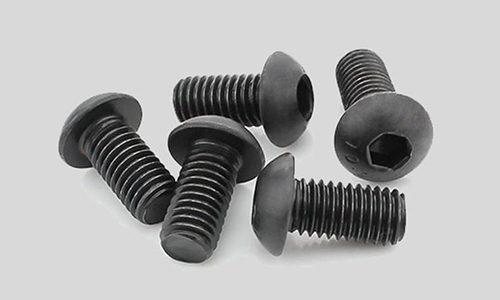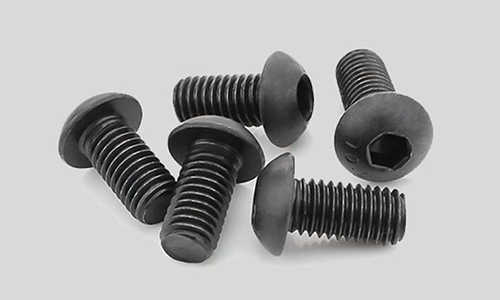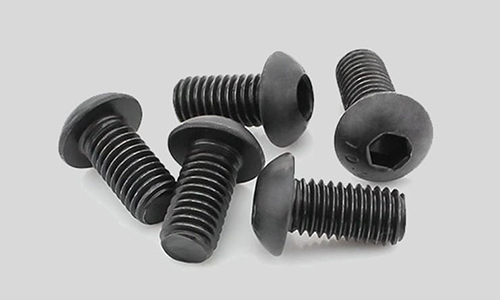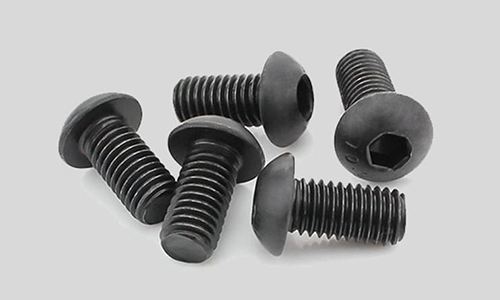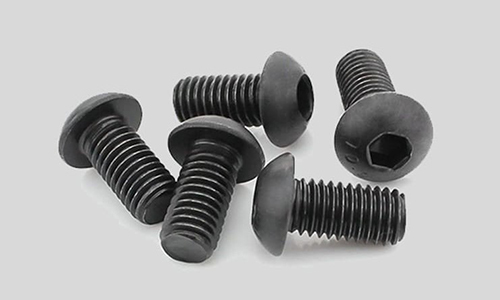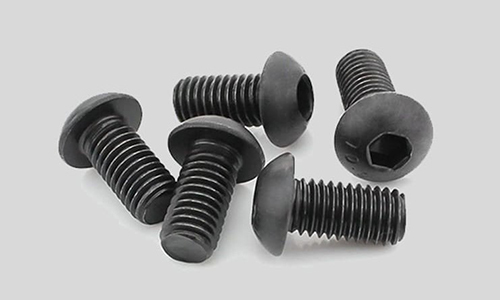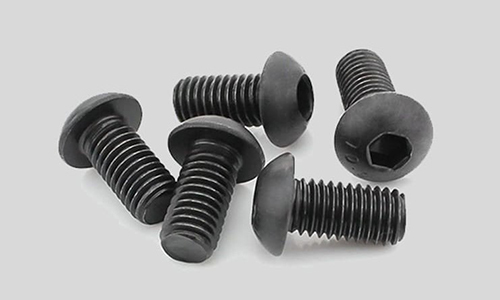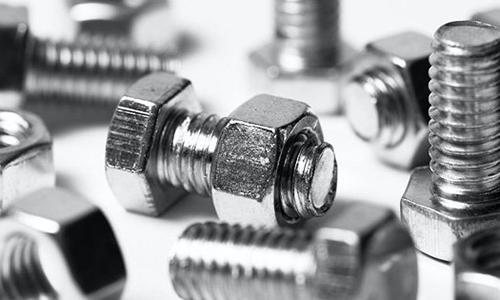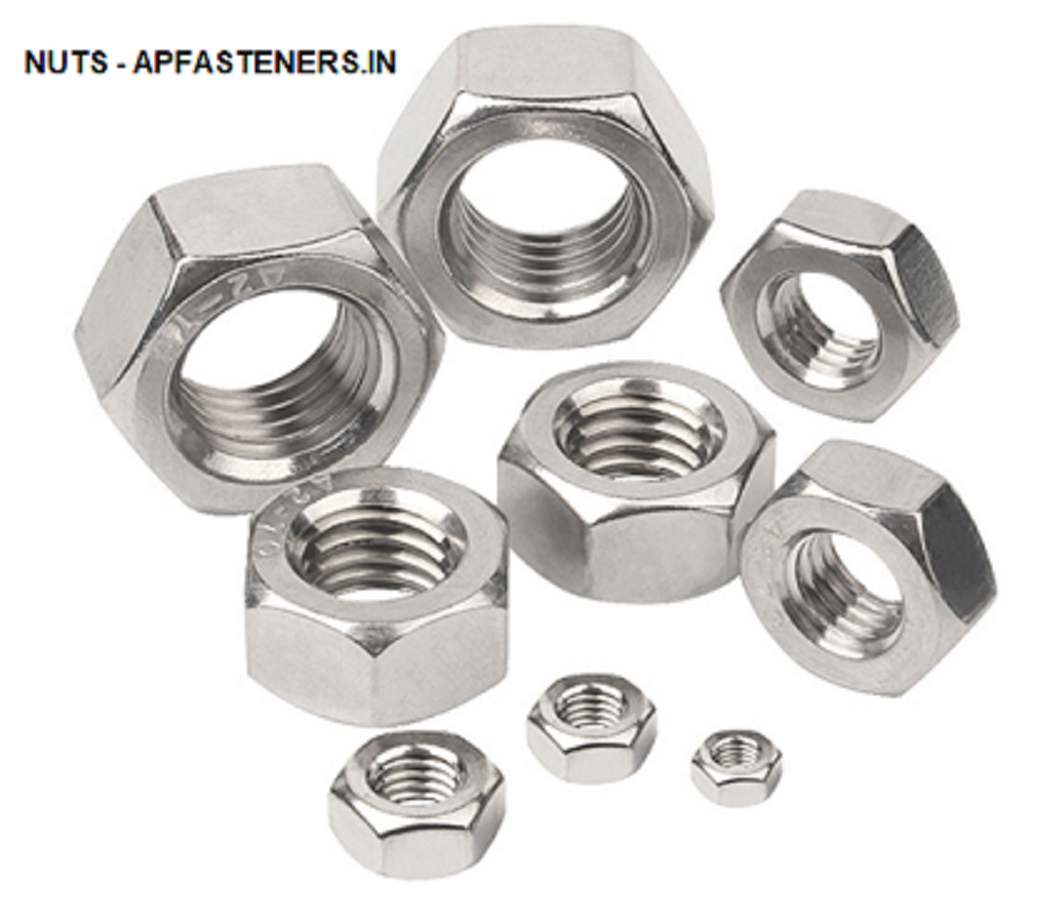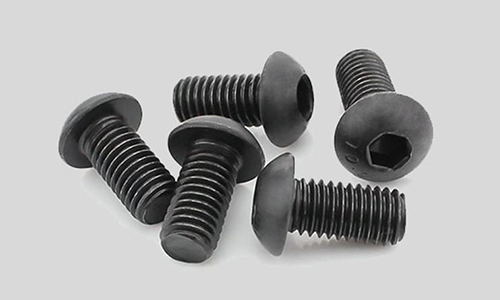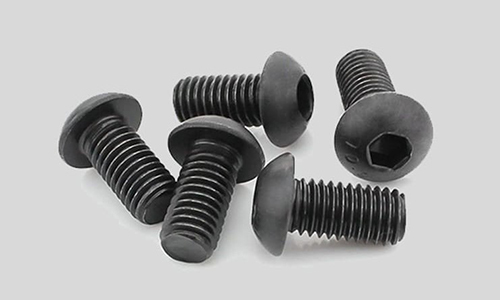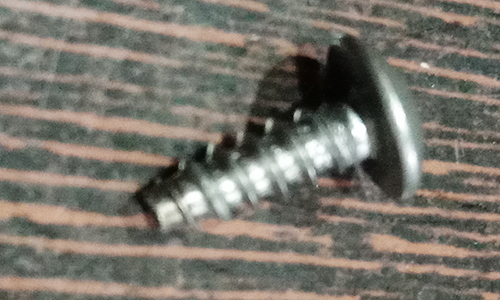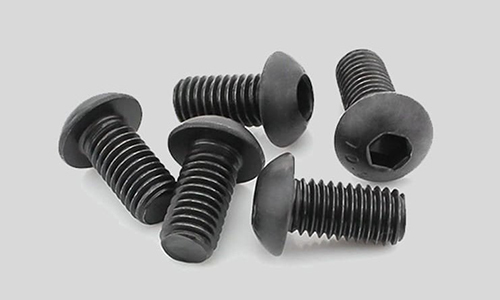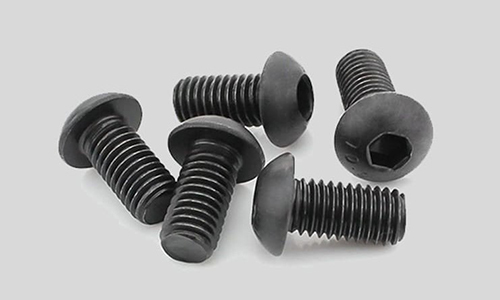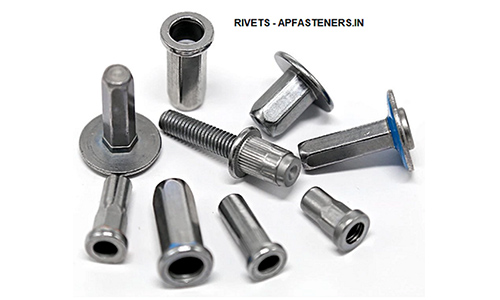
RIVETS
A rivet is a permanent mechanical fastener. Before being installed, a rivet consists of a smooth cylindrical shaft with a head on one end. The end opposite the head is called the tail. On installation, the deformed end is called the shop head or buck-tail.
Because there is effectively a head on each end of an installed rivet, it can support tension loads. However, it is much more capable of supporting shear loads (loads perpendicular to the axis of the shaft).
Fastenings used in traditional wooden boat building, such as copper nails and clinch bolts, work on the same principle as the rivet but were in use long before the term rivet was introduced and, where they are remembered, are usually classified among nails and bolts respectively.
Solid/Round Head Rivets
A typical technical drawing of a universal head solid rivet
Solid rivets are one of the oldest and most reliable types of fasteners, having been found in archaeological findings dating back to the Bronze Age. Solid rivets consist simply of a shaft and head that are deformed with a hammer or rivet gun. A rivet compression or crimping tool can also deform this type of rivet. This tool is mainly used on rivets close to the edge of the fastened material since the tool is limited by the depth of its frame. A rivet compression tool does not require two people and is generally the most foolproof way to install solid rivets.
The setting of these fasteners requires access to both sides of a structure. Solid rivets are driven using a hydraulically, pneumatically, or electromagnetically actuated squeezing tool or even a handheld hammer. Applications where only one side is accessible require "blind" rivets.
Solid rivets are also used by some artisans in the construction of modern reproduction of medieval armour, jewellery and metal couture.
High-strength structural steel rivets
Such riveted structures may be insufficient to resist seismic loading from earthquakes if the structure was not engineered for such forces, a common problem of older steel bridges. This is because a hot rivet cannot be properly heat treated to add strength and hardness. In the seismic retrofit of such structures, it is common practice to remove critical rivets with an oxygen torch, precision ream the hole, then insert a machined and heat-treated bolt.
Semi-Tubular Rivets
A typical technical drawing of an oval head semi-tubular rivet
Semi-tubular rivets (also known as tubular rivets) are similar to solid rivets, except they have a partial hole (opposite the head) at the tip. The purpose of this hole is to reduce the amount of force needed for application by rolling the tubular portion outward. The force needed to apply a semi-tubular rivet is about 1/4 of the amount needed to apply a solid rivet. Tubular rivets are sometimes preferred for pivot points (a joint where movement is desired)
Blind Rivets
They are available in flat head, countersunk head, and modified flush head with standard diameters of 1/8, 5/32, and 3/16 inch. Blind rivets are made from soft aluminum alloy, steel (including stainless steel), copper, and Monel.
There are also structural blind rivets, which are designed to take shear and tensile loads.
The rivet body is normally manufactured using one of three methods:
Wire : The most common method
Tube : Common in longer lengths, not normally as strong as wire
Sheet : Least popular and generally the weakest option
Know more just write your specific requirements at - apfsales.india@gmail.com




